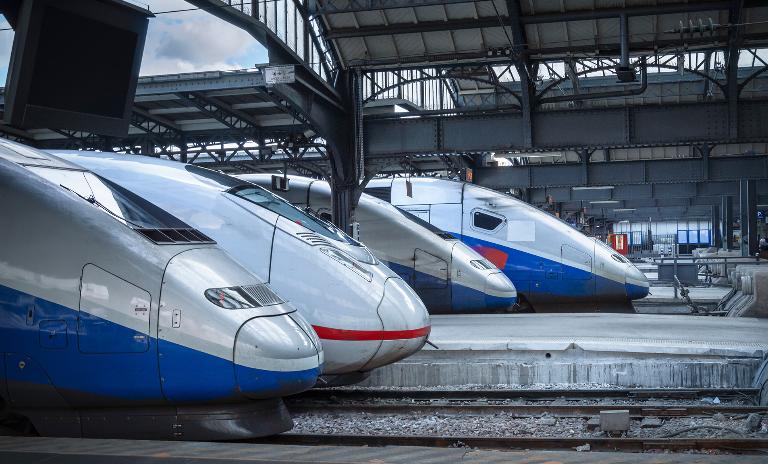Smart Mobility
Smart Mobility contributes to a more sustainable and value-adding state of mobility. Find out more about new mobility scenarios for our society here.


Up until 2020, long distance travel (journeys over 250 km or 150 mi) experienced three decades of record growth. Once pandemic hit, however, demand dropped 40% across all modes of transportation at the onset— air travel alone fell by 66%.

"Industry players need to adapt. They must chase new customer segments, reconsider their operating models and double-down on sustainability."
While an encouraging recovery is underway, traveler appetites for long-distance travel have forever changed, according to a recent study by Roland Berger. Once the pandemic ends, the number of personal trips will decrease by 20% , according to our survey of 7,000 travelers from the US, China, and Europe.
With the global adoption of video conferencing, business travel is expected to decline even more , according to the same survey: we expect a 24% drop of long-distance travel in both the US and Europe, and a 21% drop in China. Additionally, air travel and business travel will be the slowest sectors to recover, according to our data, with business travel in Europe not hitting 2019 levels until 2030.
What factors are preventing a full-recovery over the next decade? Based on our review of market drivers, the above survey, and interviews with 200 industry experts, we believe travel consciousness, green sustainability, and mobility innovation will significantly change the demand of long-distance travel moving forward.
According to our research, here is how the following three trends will partially limit long-distance travel for the foreseeable future:
"While the USA and China are likely to recover fast due to strong domestic demand and lowered restrictions, Europe is not going to be back at pre-pandemic levels before 2026."
Obviously people will not stop traveling long distances for personal and business reasons. But the reduced, if not negative, sentiment towards long-distance travel will be undeniably felt by the travel industry over the next decade. While we believe demand will largely return over the next few years, a full recovery is not expected and partial recovery will be notably slower in Europe.
In short, our research and belief demonstrates that demand will be different than before. More people will want to travel by train, seek out environmentally friendly airlines, and business travelers will venture out less often but for longer periods of time.
Consequently, industry players must adapt and adapt fast to this new normal. They must chase new customer segments, reconsider their operating models, and double-down on sustainability. And they must also develop digital capabilities and increase cooperation with relevant partners to overcome the expected gaps in long-distance travel.
Thank you for reading. To learn more, please read our detailed report, All Change: How Covid-19 has disrupted the future of long-distance mobility or contact us.
Register now to download the full study and learn more about the post-Covid challenges for travel industry players. Get also regular insights into Automotive and Transport & Logistic topics.